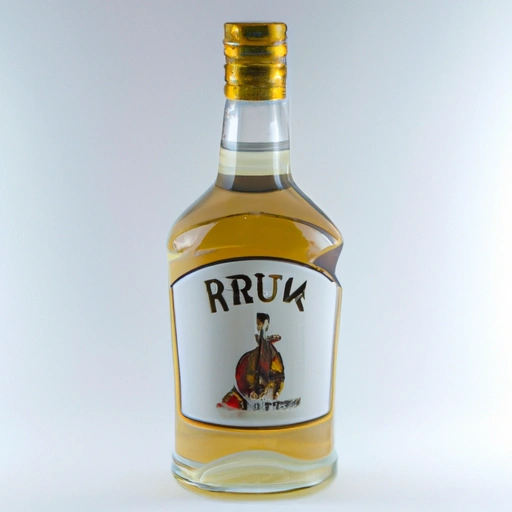White Rum
Description

White rum, also known as light rum, is a clear, distilled alcoholic beverage made from sugarcane byproducts like molasses or sugarcane juice. It is fermented and then distilled, often multiple times, before being aged in oak barrels or stainless steel tanks for a short period compared to darker rums. White rum is widely appreciated for its smooth, subtle flavor profile and is a versatile ingredient used in various culinary applications. It is measured in fluid ounces (fl oz), cups (c), milliliters (ml), or liters (l) when included in recipes, providing a range of measurements to suit American, European, and global audiences.
Common uses
White rum is commonly used in the beverage industry, especially in cocktails such as Mojitos, Daiquiris, and Piña Coladas. Its application extends beyond drinks, featuring in culinary recipes for its ability to enhance flavor without overpowering other ingredients.
Nutritional value
Calories
Typically, an ounce (28 grams or about 30 ml) of white rum contains approximately 64 calories.
Protein
White rum has no significant protein content.
Fat
White rum is fat-free.
Carbohydrates
There are no carbohydrates in white rum, although flavored versions may contain some sugars.
Vitamins
White rum does not provide any vitamins.
Minerals
There are no minerals present in significant quantities in white rum.
Health benefits
While white rum is not typically consumed for health benefits, moderate alcohol consumption has been associated with potential heart health benefits. However, these benefits are subject to individual health conditions and should be discussed with a healthcare provider.
Potential risks
Excessive consumption of white rum, as with any alcoholic beverage, can lead to health risks including liver damage, addiction, and negative impacts on mental and physical health. It should be consumed responsibly.
Common recipes
White rum is often used in tropical and fruity desserts, marinades for meats, and as a flavor enhancer in sauces and glazes.
Cooking methods
White rum can be used in baking, flambéing, and simmering to infuse dishes with its distinct taste.
Pairing with other ingredients
It pairs well with coconut, pineapple, lime, and other citrus fruits, as well as with spices like cinnamon and vanilla.
Summary
White rum is a clear, versatile spirit known for its role in cocktails and growing popularity in culinary applications. It offers a unique flavor enhancement to dishes without adding any significant nutritional value. As with all alcoholic ingredients, it should be used in moderation and with consideration of potential health risks.